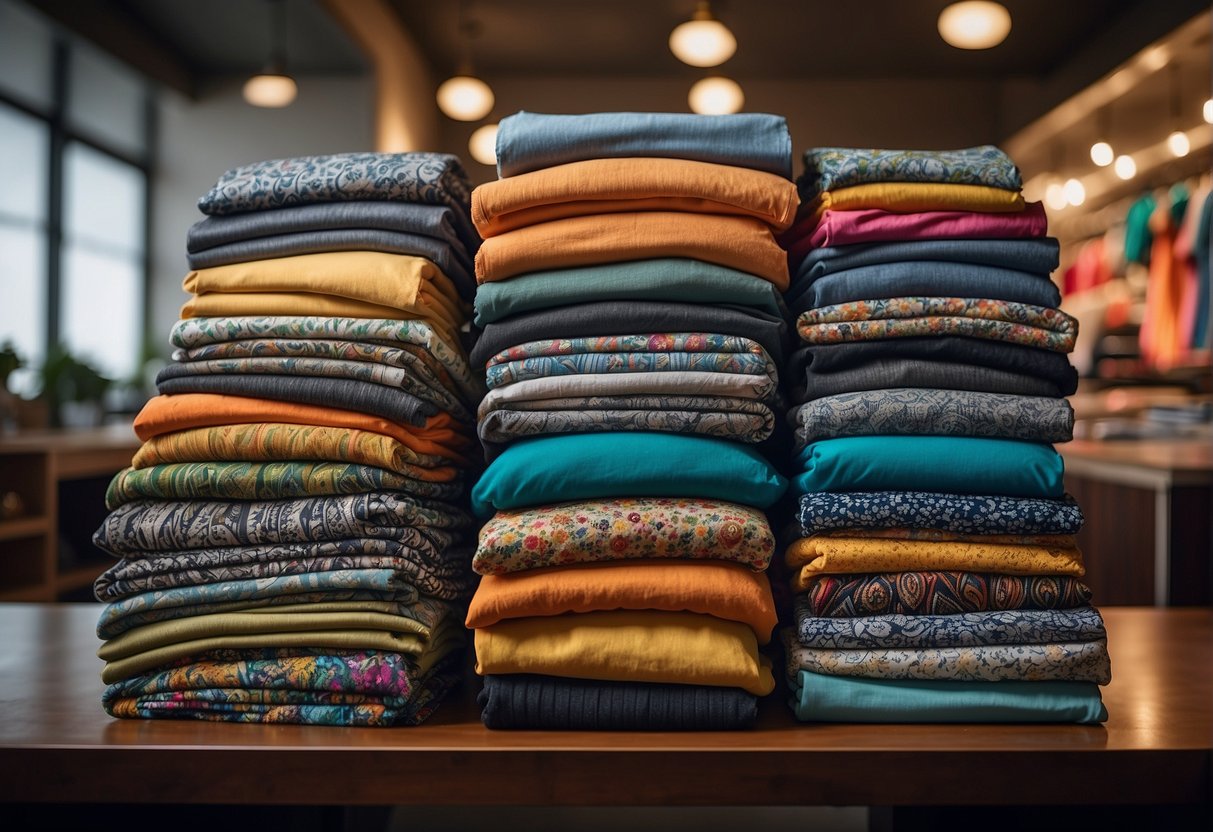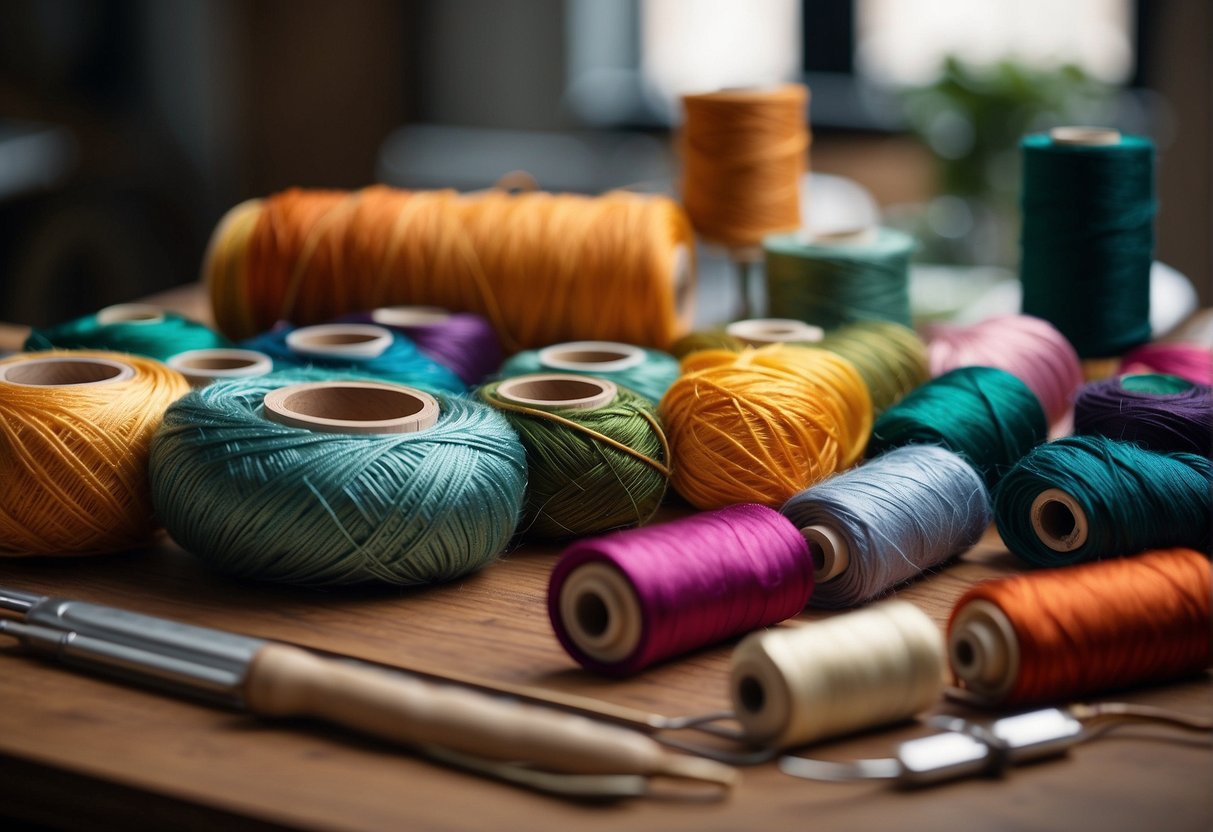Sublimation printing has gained considerable popularity for its ability to produce vibrant and durable designs on a variety of materials. When it comes to finding the best shirts for sublimation, understanding the qualities that make a garment ideal for this printing process is crucial. The key to high-quality sublimation lies in the fabric’s composition. Shirts made from 100% polyester or a high-polyester blend are typically the most compatible with sublimation inks, as they allow for the most vivid and long-lasting transfer of images.
When selecting a shirt for sublimation, you should also consider the weave and weight of the fabric. A tightly woven, lightweight polyester shirt can ensure a smooth and even surface for printing, which helps in achieving a sharp, professional look for your designs. Additionally, white or light-colored shirts are often preferred because they serve as the best canvas for showcasing the full range of colors without interference. Keep in mind that the pressing technique and temperature also greatly influence the final result of your sublimated apparel.
Understanding Sublimation Printing
Sublimation printing transforms solid dye into a gaseous state, offering a durable and vibrant print for various items, particularly polyester-based fabrics.
Basics of Sublimation
Sublimation is a printing method ideal for creating high-quality, photographic prints on a range of materials. Your starting point requires sublimation ink, which is uniquely designed to turn from a solid directly into a gas under heat. You’ll print your desired design on sublimation paper and then transfer that image onto a substrate, typically a polyester fabric, using a heat press. The heat transforms the ink into gas without becoming liquid, which then permeates the fabric and solidifies into the fibers.
The Science Behind Sublimation
The key scientific principle behind sublimation is the ink’s transition from a solid to a gas state, skipping the liquid phase entirely, in a process known as phase transition. Dye sublimation occurs at high temperatures, around 400°F, facilitated by application of a heat press which simultaneously applies this heat and pressure. The porous nature of your substrate, such as a high thread-count polyester shirt, allows the gas to escape and then solidify within the fibers, ensuring a permanent, fade-resistant image.
Advantages of Sublimation Over Traditional Methods
Sublimation offers several advantages over traditional printing methods. The prints are exceptionally durable, resistant to washing, and have no texture or weight, making them ideal for clothing. There’s also an environmental benefit since sublimation ink is generally more eco-friendly compared to conventional inks used in screen printing; the process involves less waste and is more efficient. Sublimation is also versatile, allowing for customization of a wide range of products, beyond just t-shirts. It’s important for your workspace to have proper ventilation given the gaseous inks used in the process. Lastly, the startup costs can be quite reasonable; with some basic equipment like a printer, heat press, infusible ink, heat resistant tape, and sublimation paper, your sublimation startup can begin production relatively quickly and easily.
Choosing the Right Fabric
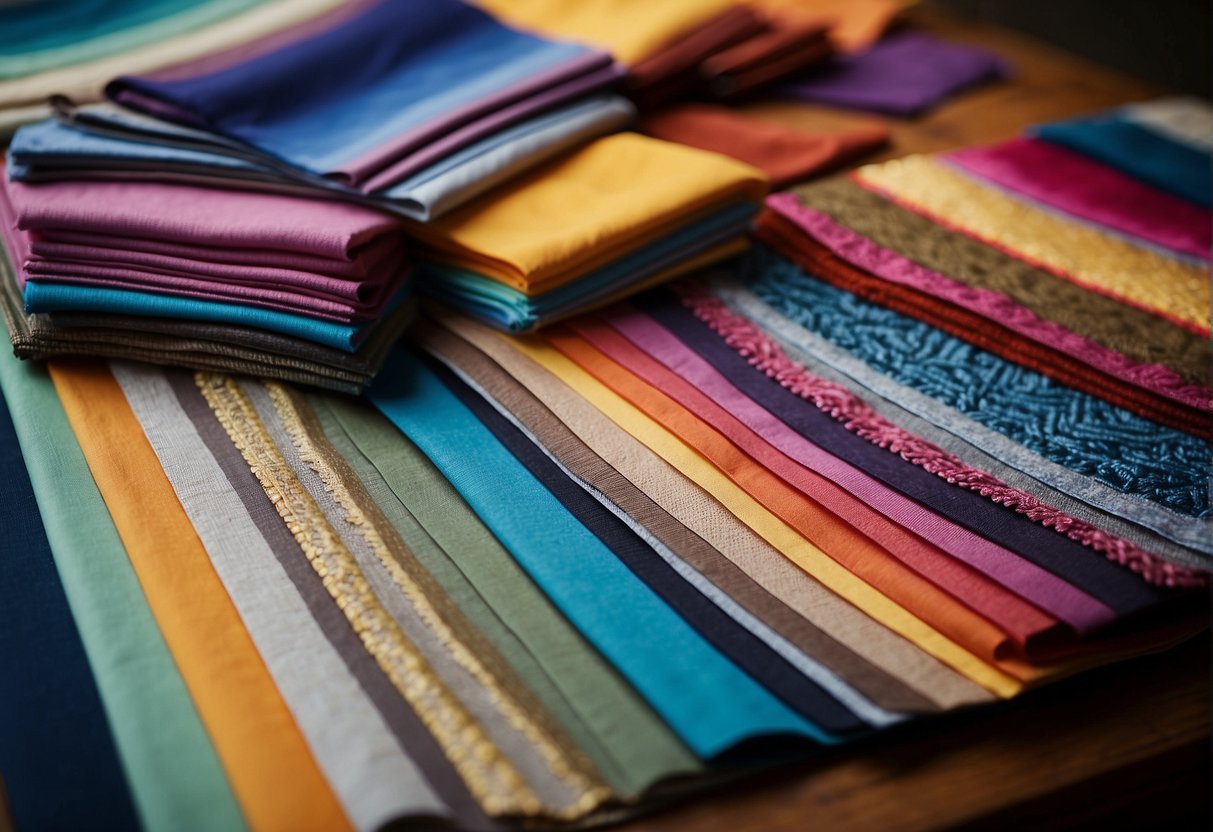
The success of a sublimation printing project largely hinges on the type of fabric you choose. Understanding the properties of different materials can significantly impact the vibrancy and durability of your final product.
Polyester Shirts and Blends
100% Polyester: The optimal choice for sublimation is a 100% polyester t-shirt. Polyester is a synthetic fabric that allows the sublimation ink to bond effectively at a molecular level. When heated, the fibers of a polyester shirt open up and the gas from the sublimation ink enters the fibers. Upon cooling, the fibers close, trapping the ink inside. This process ensures bright, clear, and long-lasting prints.
Polyester Blends: If you’re looking for a slightly different texture or drape, polyester blends, such as a cotton-poly blend or a tri-blend fabric (which also includes rayon and spandex) can be used. However, the higher the polyester content, the more vivid the print. A common blend is 65% polyester to 35% cotton, maintaining a balance of print quality and fabric feel.
- 50% Polyester / 50% Cotton:
- Print Vibrancy: Moderate
- Texture: Softer than 100% polyester
- 65% Polyester / 35% Cotton:
- Print Vibrancy: Higher
- Texture: Balanced feel
- Tri-blend (Polyester, Cotton, Rayon):
- Print Vibrancy: Depends on polyester ratio
- Texture: Very soft, stretchy
Natural Fabrics vs. Synthetic Fabrics
Natural Fabrics: Cotton is a natural fiber that does not have the same properties as polyester for sublimation printing. Cotton shirts cannot retain sublimation inks in the same way, leading to faded and less durable prints. While cotton is admired for its breathability and comfort, it’s not the best candidate for sublimation.
Synthetic Fabrics: The polymer in synthetic fabrics, like polyester, is what allows the sublimation ink to properly transfer and adhere. When choosing your shirt, keep in mind that synthetic materials will always yield the most successful sublimation results.
Exploring Fabric Types
Aside from the traditional polyester t-shirt, other synthetic fabrics can also be used for sublimation. These include:
- Rayon: Known for its silky texture and sheen, but less effective for sublimation compared to polyester as it does not bind as well with the inks.
- Spandex: Often found in athletic wear, it can be sublimated successfully when blended with a high percentage of polyester. This blend provides flexibility while maintaining print quality.
- Silk: While not common, silk can be used for sublimation. However, it’s a delicate material that requires precise handling and optimal conditions for sublimation.
When choosing your fabric, remember that polyester and polyester blends provide the best foundation for vibrant, long-lasting sublimation prints.
Best Shirt Brands for Sublimation
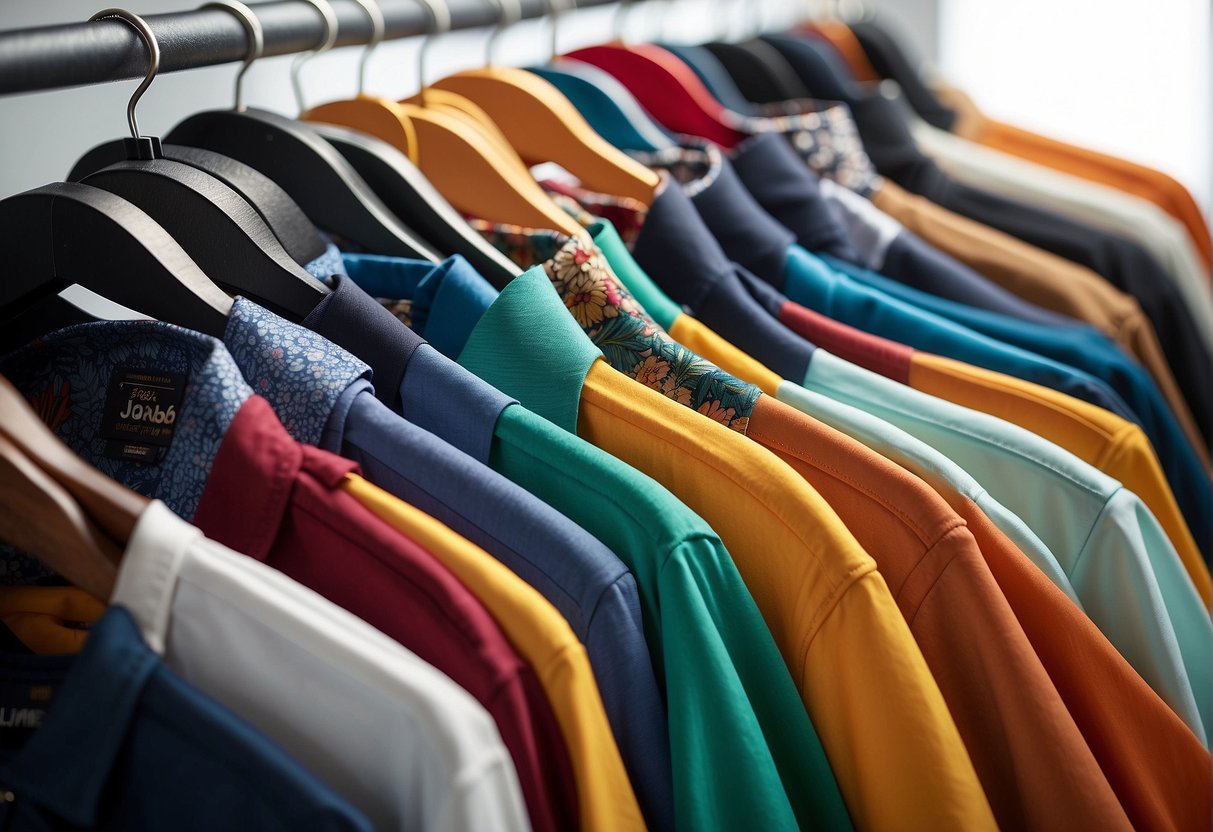
Choosing the right brand for sublimation is crucial for achieving vibrant, long-lasting prints. Below are top brands known for their high-quality, sublimation-friendly shirts.
Gildan
Gildan shirts are widely recognized for their affordability and broad color range. Ideal for bulk orders, their polyester blends provide a smooth surface that’s conducive to sharp, vivid sublimation prints.
Bella Canvas
Bella Canvas offers shirts that are not just soft but also have a tight weave, which is essential for a detailed sublimation transfer. Their shirts come in a variety of styles and colors, catering to a more fashionable market.
Hanes
Hanes is a household name with a reputation for comfort. Their Cool Dri Performance T-shirts, made with 100% polyester, offer a moisture-wicking property that serves as a bonus to the sublimation process.
Jerzees 21M
The Jerzees 21M boasts of advanced moisture management and odor control, which makes it a standout choice. The shirt’s composition provides a solid foundation for crisp and clear sublimated graphics.
Next Level
Next Level Apparel is renowned for its premium fit and feel. Their CVC and tri-blend shirts, although not 100% polyester, can still yield high-quality sublimation designs given their smooth and lightweight fabric.
When selecting your shirt, also consider factors like fabric type, weave density, and the garment’s color, as they can all impact the sublimation outcome.
Color and Design Considerations
When selecting shirts for sublimation, the vibrancy of colors, their resistance to fading, and the shirt color itself significantly affect the end result. Your choice can enhance the design’s appeal and its longevity.
Color Vibrancy and Fade-Resistance
Sublimation dyes excel in creating vibrant colors that pop. For maximum vibrancy, opt for shirts that are white or very light in color, as sublimation ink transparently dyes the fabric, allowing the shirt’s color to show through. To ensure long-lasting designs, select shirts specifically treated for fade resistance, enhancing the durability of colors through multiple washes.
Printing on Dark vs. Light Shirts
Printing on dark shirts is less common in sublimation, since the colors won’t be as vivid. For light shirts, especially white ones, the colors display with full vibrancy, imparting a more retro look. When printing on darker shirts, designs should be adjusted accordingly, possibly by using a white underbase or choosing images with bold, less intricate designs, such as simplified png files.
Creative Design Tips
Leverage the strengths of sublimation by choosing moisture-wicking and breathable fabrics to complement your designs; these materials often yield the best results. When crafting your design, ensure that it’s in high resolution and allow for a small amount of bleed to prevent unprinted edges. Opt for bold, less detailed images to make a strong visual statement on your shirt.
Creating the Perfect Sublimation T-Shirt
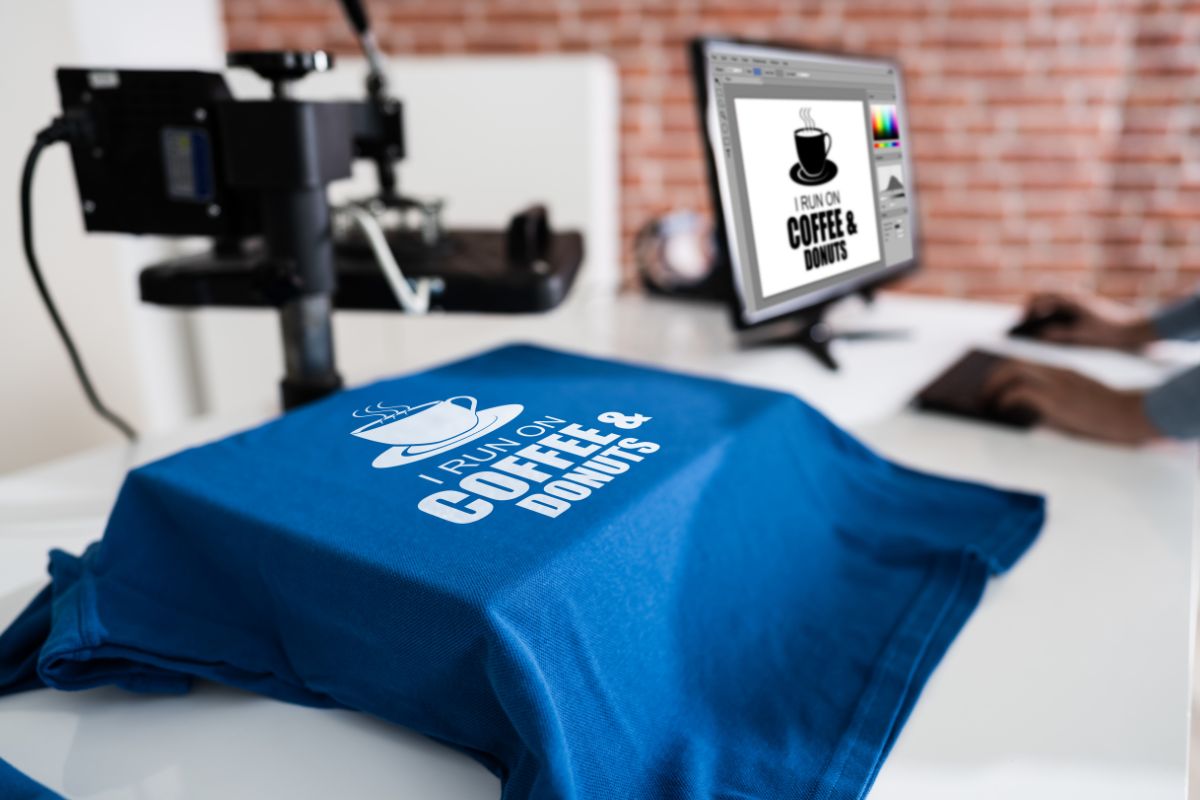
Creating the ideal sublimation T-shirt is a matter of choosing the right materials and mastering the printing process. High-quality outcomes rely on meticulous preparation, proper heat application, and the marriage of compatible inks and shirt materials.
Preparation and Materials
To begin, you’ll need sublimation shirt blanks specifically designed for the process. Look for shirts that are 100% polyester, such as the Next Level 6200, which provide a smooth surface ensuring vibrant and long-lasting prints. These shirts for sublimation retain the ink even after multiple washes, offering great durability for both casual wear and sports teams.
Before you start printing, prewash the shirts in cool water without fabric softener to remove contaminants. Let them dry thoroughly, as moisture can interfere with the dye process. When the shirts are dry, choose sublimation inks that are formulated to turn from solid to gas without passing through a liquid phase, as they bind best with polyester fabric when subject to high heat.
Printing Process
Using a sublimation printer, load your design, and print onto sublimation paper, ensuring that you mirror the image for a correct final result. Preheat your heat press to around 385°F to 400°F, depending on the manufacturer’s instructions. Place a piece of butcher paper inside the shirt to prevent ink bleed-through and another sheet over the top to protect the heat platen.
Now, position your printed design face down on the shirt and apply pressure with the heat press – an EasyPress or a similar device can be used. The amount of time you press will vary, but it is typically around 60 seconds under high heat. The precise timing and pressure are crucial as they ensure that the sublimation ink turns into a gas and permeates the fabric fibers.
After pressing, immediately remove the shirt from the press and peel off the paper while hot, unless the specific coating on the paper requires a different approach. Allow the shirt to cool down before rinsing it in cool water on a low heat setting to remove any residual dye. This final wash is essential for setting the print and removing any potential press marks.
Caring for Sublimated Shirts

When you invest in shirts with sublimation prints, maintaining their vibrancy and durability is crucial. Proper care can prevent them from becoming uncomfortable to wear or starting to pill.
Washing and Maintenance
For best results, always turn your sublimated shirts inside out before washing. This protects the print. Use cold water and a gentle cycle. Avoid harsh detergents and bleach, as they can fade and damage the vibrancy of the prints.
- Machine Washing: Cold water, gentle cycle
- Detergent: Mild, no bleach
- Dry: Tumble dry on low or air dry
Hint: For sports teams and individuals wearing sublimated apparel regularly, consider using a fabric softener to maintain the softness of your garment.
Prolonging the Life of Sublimated Apparel
Sublimated apparel, be it for sports teams or casual wear, requires care to preserve its quality.
- Ironing: If you must iron, do it indirectly. Use a press cloth and never iron directly on a print.
- Storage: Keep your shirts in a cool, dry place, folded neatly or hung up to avoid creases and wear.
Keep in Mind: Direct sunlight can be a culprit in fading prints. Store your sublimated items away from direct light to prolong their life and color.
By following these guidelines, your sublimated shirts should remain vibrant, comfortable, and hold up well to regular wear and cleaning.
Starting a Sublimation Business
When venturing into a sublimation business, your focus should be on acquiring the right equipment and developing effective marketing and sales strategies.
Equipment and Investment
Your initial investment must cover essential items such as a sublimation printer, a heat press, sublimation inks, and sublimation paper. The quality of your printer and heat press will directly influence the quality of your finished products. It’s imperative to invest in a printer capable of handling high-resolution graphics to ensure crisp and vibrant transfers. High-grade sublimation inks and paper are also non-negotiable for achieving professional results.
- Sublimation Printer: Invest in a printer with a good color output and efficiency.
- Heat Press: Look for a reliable press with adjustable temperature and pressure settings.
- Inks and Paper: Purchase specially formulated inks and compatible paper for best results.
Consider the layout of your workspace, ensuring ventilation is adequate to handle the fumes produced during the printing process. Moreover, calculate running costs and potential financing options for your sublimation startup expenses.
Marketing and Sales Strategies
In the competitive field of sublimation printing, a robust marketing strategy is paramount. Start by identifying your target market and create designs that resonate with them. Use social media platforms to showcase your products and interact with potential customers. Establishing a strong online presence can help you reach a wider audience and generate more sales.
- Online Marketing: Harness social media and SEO to increase visibility.
- Sales Channels: Consider both online marketplaces and local businesses for sales opportunities.
Remember to track your marketing efforts and focus on what works. Testing different strategies will allow you to refine your approach, ultimately leading to a more successful business.
Frequently Asked Questions
When selecting shirts for sublimation printing, the fabric content, brand quality, and your specific needs play a crucial role in the final outcome.
What characteristics should I look for in a shirt for high-quality sublimation printing?
A shirt ideal for high-quality sublimation should have a high polyester content, preferably 100%, with a tight weave and a white or light color to ensure vibrant and sharp image transfer.
Which brands offer the best shirts specifically designed for sublimation techniques?
Brands like Vapor Apparel, Gildan, and A4 are known for providing top-notch shirts tailored for sublimation, offering durability, color retention, and optimal ink uptake.
Is it possible to achieve good sublimation results on a shirt that’s a blend of polyester and cotton?
While a 100% polyester shirt will yield the best sublimation results, you can still get good outcomes on polyester-cotton blends, with the understanding that the print may have a more vintage or faded look due to the lower polyester content.
How does shirt fabric composition impact the quality of sublimation prints?
Fabric composition is key—polyester fibers hold the sublimation ink permanently after being heated, resulting in vivid, long-lasting prints, whereas natural fibers like cotton cannot bond with sublimation ink as effectively.
What are the advantages of using 100% polyester shirts for sublimation?
Using 100% polyester shirts ensures maximum clarity and vibrancy in sublimation printing, as the ink turns into a gas and fully bonds with the polyester fibers, resisting fading and cracking.
How do Bella Canvas shirts perform in comparison to others for sublimation printing?
Bella Canvas shirts, particularly their poly-blend and tri-blend models, are popular for their softness and quality, although they may not capture the same level of vibrancy in prints as a 100% polyester shirt.

